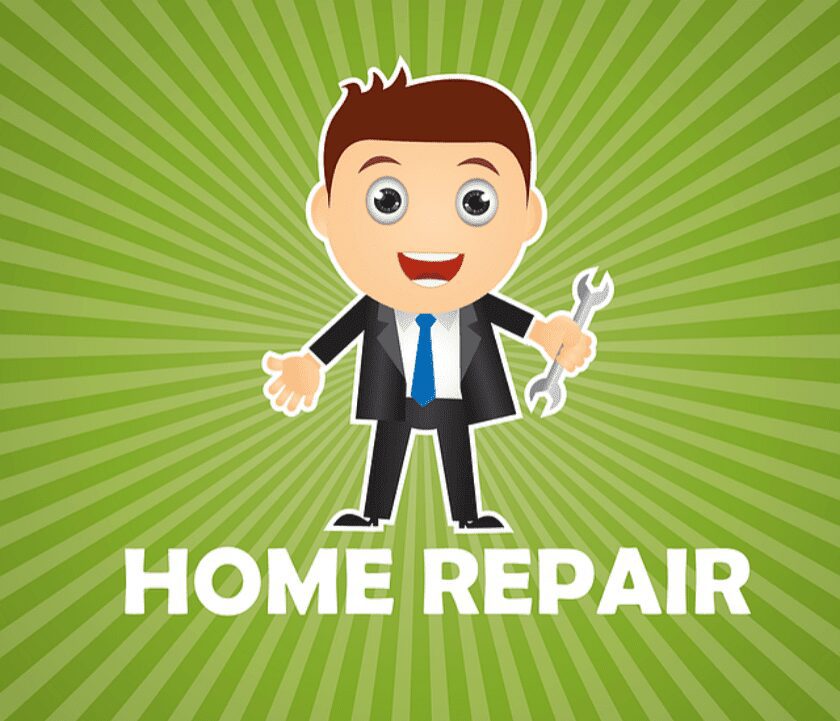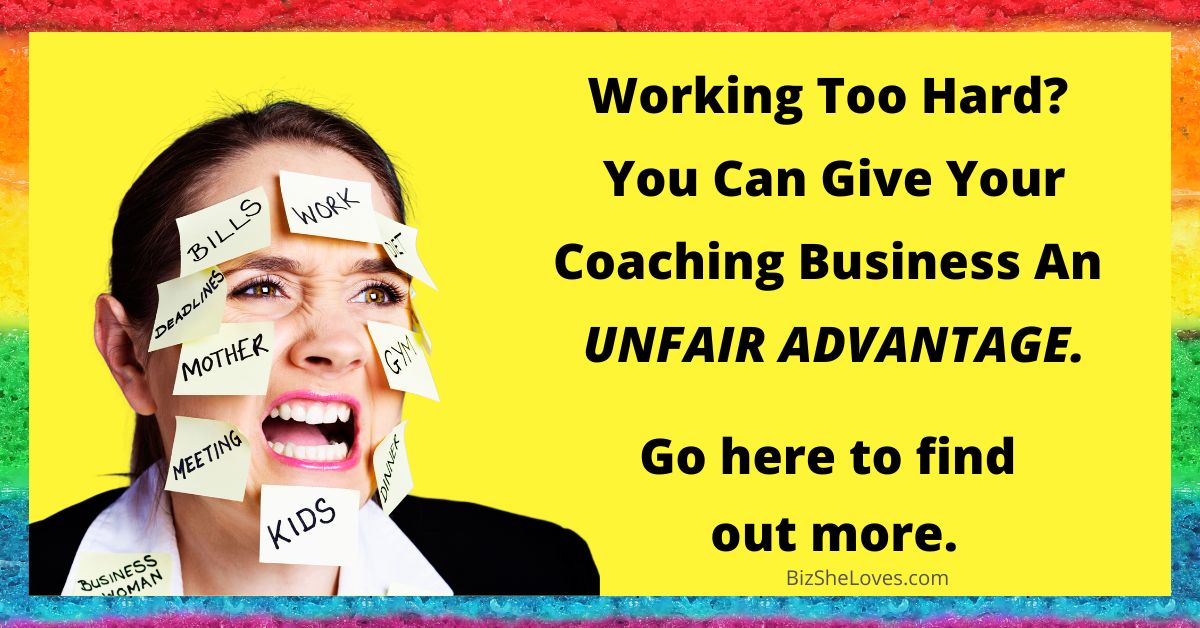Most service-based business owners have limited time, money and resources… especially one-person enterprises. So, this guide will focus on quick-win service marketing strategies that are simpler to implement and can generate faster results.

To promote your service based business, you need to focus on HIGHLY CONTROLLABLE marketing techniques that can offer maximum results while minimizing risks. You need to focus on quick-win service marketing strategies that are simpler to implement and can generate faster results.
Service marketing differs significantly from product-oriented marketing…
Tangible products can usually be seen, touched, smelled, tested or directly experienced by potential customers before buying. In contrast, intangible services can seldom be inspected, tested or experienced by buyers in advance.
When prospective customers, clients or patients can’t experience in advance the intangible services they’re buying, you are asking them to buy promises of satisfaction.
This can explain why service marketing is often misunderstood by inexperienced marketers…
You can find a lot of product-oriented marketing information online that are ineffective and useless for marketing a service-based business.
So, you need to be cautious…
Instead of boosting your sales, the wrong service marketing techniques can waste a lot of your time, money and resources. If you’re a solo entrepreneur or if you have a small business with few employees, they can create problems for you… and even kill your business.
Here’s what you need to know…
Since there are significant differences between intangible services and tangible products, you need different competitive strategies to promote a service-based business.
Product-Based and Service-Based Business Comparison: Understanding What These Companies Are Actually Selling
Product-based companies sell tangible and intangible goods. Physical products are tangible goods. Digital products, such as, electronic books, downloadable music, mobile apps or virtual goods are examples of intangible goods.
In contrast, service-based companies typically sell intangibles that require the judgement, knowledge and skills of professionals, experts and other service providers. These include lawyers, doctors, dentists, veterinarians, chiropractors, consultants, freelancers, landscapers, plumbers and electricians as well as hair care, beauty and spa owners.
Other examples of service businesses include insurance, telecommunication, banking, information technology (IT), healthcare, education, media, entertainment and transportation enterprises.
Some companies are equipment-based because they require automated equipment to provide the services, such as, automated car washes and automated banking services. Apps, online tools and software-based services also don’t require a lot of involvement from people.
But, most service companies are people-based because they require the judgement, knowledge and skills of the people providing the services.
3 Common Service Based Business Marketing Problems and Solutions That Can Boost Your Sales and Profits
There are lots of similarities between service marketing and product marketing. Most copywriting, web design and advertising best practices still apply.
But, there are problems that specifically apply to service marketing…
Problem #1: Most Service-Based Businesses Are Restricted By Geographic Location.
Some internet-based services can be delivered regardless of location, such as, online education, web design, graphic design, banking, financial and IT services.
However, most service providers have local restrictions…
For example, electricians, plumbers and other contractors do not usually travel too far away from their homes or offices due to time limitations. Lawyers, dentists, doctors and other professionals usually provide their services in their offices or clinics.
In addition, their customers are usually only willing to drive to service-providers near their home or work.
Problem #2: Most Service-Based Businesses Are Limited By the Number of People In Their Companies Who Can Provide the Services.
Most service-providers are small businesses with less than five employees. So, they’re considered micro-businesses.
The majority of micro-businesses are one-person enterprises operating out of their homes. Many do not have an office.
Most service companies can’t grow and scale their businesses easily.
Why?
They need to hire and train the right people to provide their services. If there’s a surge of demand for their services, they can’t grow their team of service providers quickly and easily.
Overloading their team with work is not sustainable… and it can be damaging to the company in the long run.
If they push their workers to do more work than they can handle, they can increase their risk of mistakes, stress, burnout and injuries. In turn, this unhealthy workplace environment can increase the rate of workers quitting.
What’s even worse?
If workers share stories about the toxic workplace environment on social media, it can damage the company reputation and hurt their recruiting efforts.
Problem #3: Most Service-Based Businesses Have Limited Time, Money and Resources… Especially One-Person Companies and Micro-Businesses.
Trying to juggle the demands of content marketing, social media marketing, video marketing and other strategies can be too overwhelming for small service companies. They can lead to a lot of stress and burnout for the business owners.
Solutions to Common Service-Based Business Marketing Problems That Can Maximize Your Sales and Profits… While Minimizing Risk
To solve these common problems for promoting service companies, you need to focus on HIGHLY CONTROLLABLE marketing techniques that can offer maximum results while minimizing risks…
To Promote Your Service-Based Business Effectively, You Need to CONTROL Your Growth Based On Your Goals and Capabilities
You can still grow as fast as you want to go, but you need to control your leads and customer volume based on the number of people in your team that can provide the services. If you have limited time, money and resources, your capability to provide good service will also be affected.
It’s critical that you use service marketing techniques that give you MAXIMUM CONTROL. So, you can generate just the right volume of leads and customers that your team can handle.
This is the most effective way to maximize your revenue and profit growth while minimizing stress, burnout and injuries for your workers.
Most people assume that you can never have too many leads….
This is wrong… and this common misconception can kill your business!
Why?
If you’re drowning in leads, then the quality of your outreach and your conversion rate will suffer.
If you’re overwhelmed trying to process a large volume of leads beyond what your team can handle, you’ll be less likely to convert leads to customers. You will be wasting your money because you’re paying for leads that won’t turn into sales and profits.
But, what if you could convert a lot of leads into customers… wouldn’t that be great for your company?
Not necessarily…
If you have too many customers – Yes, it could happen! – it would be much harder for you to meet customer demands and provide good service.
Poor customer service would lead to more dissatisfaction and complaints.
Not only would you get ZERO referrals from unhappy customers… but, they would be extremely motivated to spread the word about the poor service they experienced with their family and friends as well as on social media.
Having poor-customer-service stories go viral on social media would be a nightmare word-of-mouth scenario for your business.
What can you do?
You can’t have too many or too few leads and customers…
If you don’t get enough leads and customers, your business will struggle. Your business won’t have enough sales, profits and cash flow. Eventually, your business will die.
But, you still need enough leads and customers to generate income to grow your business.
You need to focus on service marketing techniques that are HIGHLY CONTROLLABLE. You need to generate just the right volume of leads and customers that your team can handle well.
Quick-Win Pay-Per-Click (PPC) Marketing Strategies Can Offer MAXIMUM CONTROL for Generating Leads and Customers for Your Service-Based Business
PPC marketing includes Google Ads (formerly called Adwords), Bing Ads and Facebook advertising as well as many other PPC traffic platforms.
You can have maximum control and flexibility when you generate leads and customers using pay-per-click (PPC) advertising…
#1: You Can Control Your Daily and Monthly Budget.
You can get started with a daily budget of $5 or less. When you have a profitable campaign, you can increase your budget to make even more money.
#2: You Can Control How Much You Pay Per Click.
- Bing Ads cost-per-click (CPC) can be as low as 30-99 cents
- Google Ads Search Network CPC can be as low as $1-$3
- Google Display Network CPC can be as low as 10-20 cents
- Facebook PPC advertising CPC can be as low as $1-$3
- CPC for mobile traffic is usually cheaper. International traffic can be as low as one penny or a few cents.
#3: You Can Control the Specific Location Where You Show Your PPC Advertising.
You can limit your advertising campaign to a specific metro area, county, city or zip code. You can also target one or multiple states, provinces or countries.
#4: You Can Control the EXACT Hours and Days When Your Ads Are Running.
Your ads can run Monday to Friday 9 am to 5 pm or you can schedule them for the specific hours and days you want. You can also run your ads 24/7.
#5: You Can Control the Volume of Traffic, Leads and Customers That You’re Getting From Your PPC Marketing Campaigns.
By adjusting your daily budget, you can control the volume of traffic, leads and customers that you’re getting from your PPC advertising campaigns.
If you’re getting more leads and customers than you can handle, you can decrease your daily budget or pause your campaign. You can also increase your budget whenever you want more traffic, leads and customers.
When you’re ready to scale your marketing results, you can create additional campaigns in other PPC traffic platforms.
Continue >>

